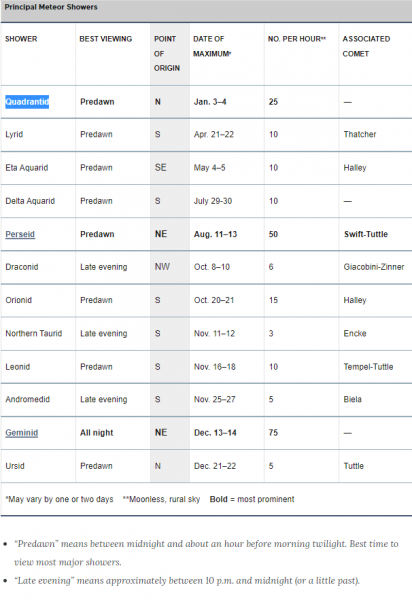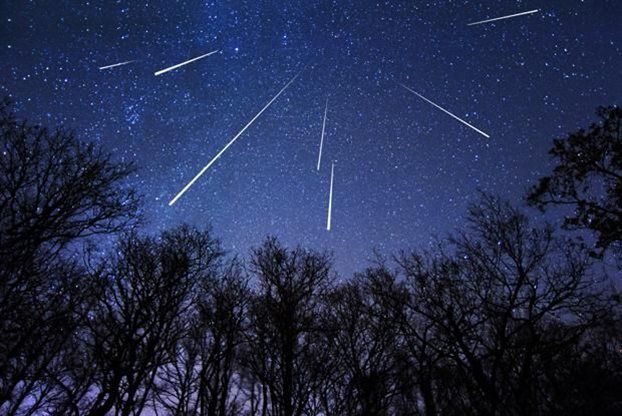The new astronomical year begins, as every year, with a shower of passing stars, the Quadrantids, which this year will peak in Greece and the rest of the northern hemisphere this evening. But this year’s Quadrantids may be “overshadowed” by the fact that in a few days, on the evening of Friday 6 January, there will be a full moon – the first of 2023 – with the result that the sky will be quite bright and therefore only the brightest meteors will be possible to observe.
The Quadrantids, which usually last from January 1st to 5th, peaking in between, are best seen in more northern latitudes. At their peak, up to 40 meteors per hour enter Earth’s atmosphere at over 40 kilometers per second, and up to 120 meteors have been reported in some years. It is a better-than-average meteor shower, although it is less well-known than others such as the Leonids, Orionids and Geminids, as its meteors are fainter, but often light up the sky with unusually large “tails”.
This particular shower of “shooting stars” is named after a faint constellation (Quadrans Muralis – named after an ancient astronomical tool used before the invention of the telescope) discovered by the French astronomer Jerome Lalande in 1795, but does not exist any longer. Today the source of the meteors appears to be the constellation Boötes. In 1922, the International Astronomical Union (IAU) devised a list of 88 modern constellations. The list was agreed upon by the IAU at its inaugural general assembly held in Rome in May 1922.. It did not include a constellation Quadrans Muralis.
Astronomers aren’t yet sure what the passing comet was, which left behind a trail of dust and particles that turn into meteors every time they cross Earth’s orbit. It is likely to be the asteroid 2003 EH1, about three kilometers in diameter, which is a remnant of a former comet, C/1490 Y1. The asteroid in question was officially discovered in 2003, but the parent comet was first observed by Chinese, Japanese and Korean astronomers as early as the 15th century. The first observations of the passing Quadrantids in Europe were made by the Brussels Observatory in 1825.
The next major rainstorm will be the Lyrids which will peak on the 22nd and 23rd of April.

































![Βραχυχρόνια μίσθωση: Καλπάζουν τα καταλύματα τύπου Airbnb στην Ελλάδα [γράφημα]](https://www.ot.gr/wp-content/uploads/2022/11/airbnb-2.jpg)








